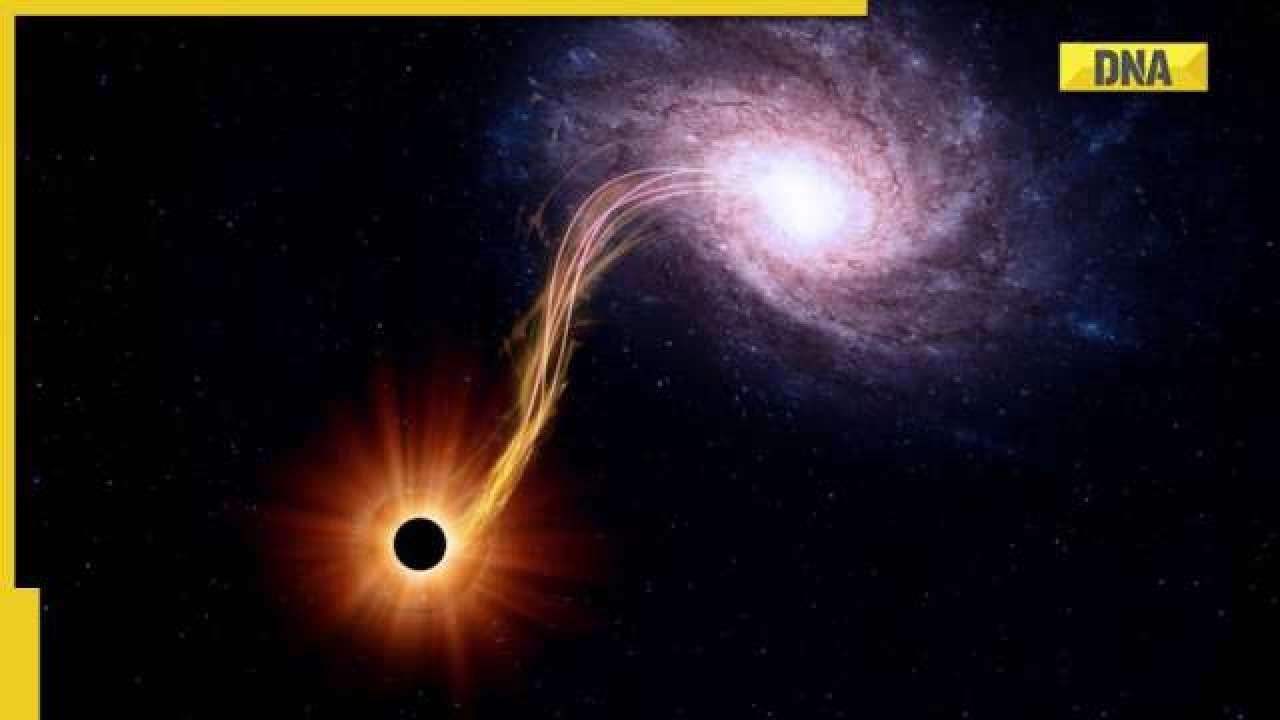
A stellar-mass black hole has been discovered in the Large Magellanic Cloud, a galaxy that is the neighbour of the Milky Way Galaxy. This discovery was made by a group of international experts who are renowned for disproving other black hole discoveries.
They also discovered that the star that created the black hole disappeared without leaving any traces of a massive explosion. The discovery was made possible by six years of observations made with the Very Large Telescope of the European Southern Observatory (ESO) (VLT).
The findings of the study were published in Nature Astronomy. "For the first time, our team got together to report on a black hole discovery, instead of rejecting one," says Tomer Shenar the study leader. "We identified a 'needle in a haystack'," says Shenar who started the study at KU Leuven in Belgium [1] and is now a Marie-Curie Fellow at Amsterdam University, the Netherlands.
READ | IGNOU June TEE 2022 Admit Card RELEASED at ignou.ac.in, check direct link, steps to download
Though other similar black hole candidates[ have been] -- proposed, the team claims this is the first 'dormant' stellar-mass black hole to be unambiguously detected outside our galaxy.
Stellar-mass black holes are formed when massive stars reach the end of their lives and collapse under their own gravity. In a binary, a system of two stars revolving around each other, this process leaves behind a black hole in orbit with a luminous companion star. The black hole is 'dormant' if it does not emit high levels of X-ray radiation, which is how such black holes are typically detected.
The newly found black hole is at least nine times the mass of our Sun, and orbits a hot, blue star weighing 25 times the Sun's mass. Dormant black holes are particularly hard to spot since they do not interact much with their surroundings.
The discovery also allows the team a unique view into the processes that accompany the formation of black holes. Astronomers believe that a stellar-mass black hole forms as the core of a dying massive star collapse, but it remains uncertain whether or not this is accompanied by a powerful supernova explosion.
The black hole in VFTS 243 was found using six years of observations of the Tarantula Nebula by the Fibre Large Array Multi-Element Spectrograph ([FLAMES] -- ) instrument on ESO's[ VLT] [3].